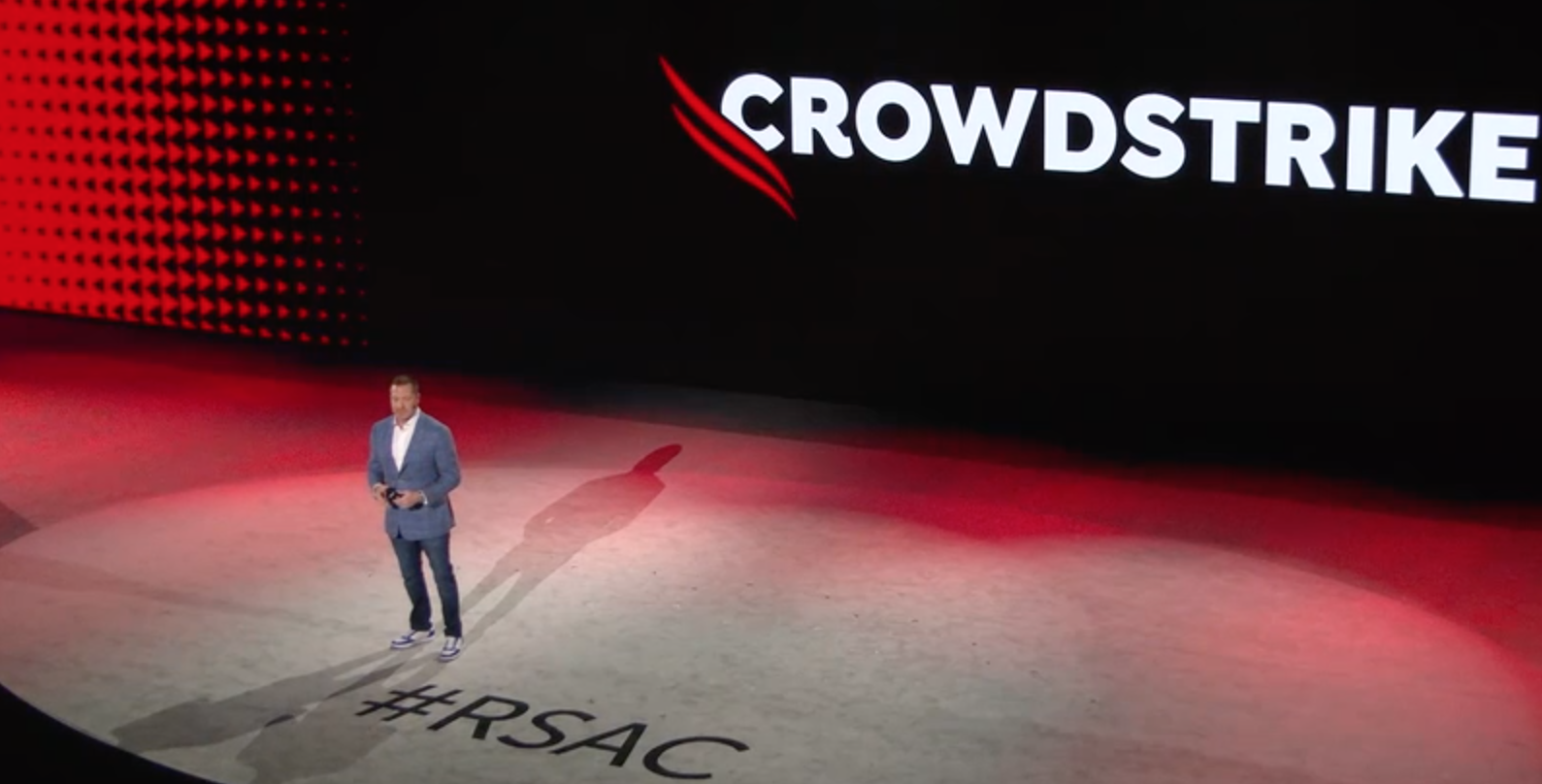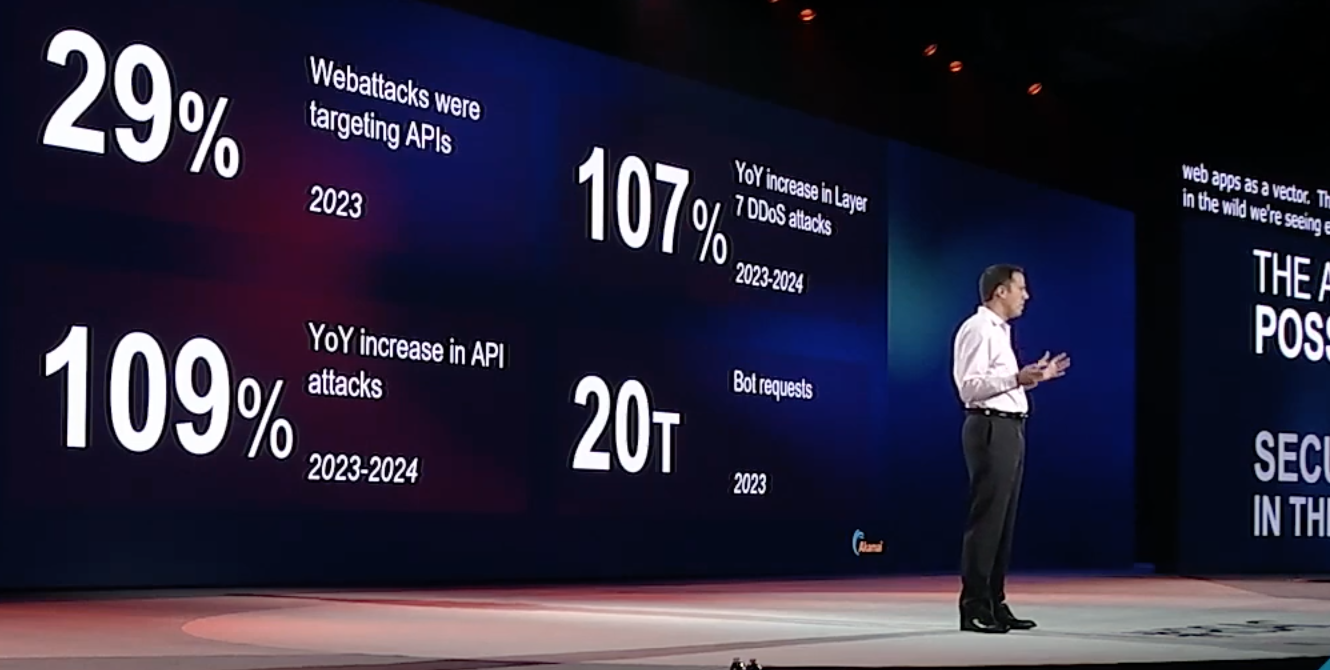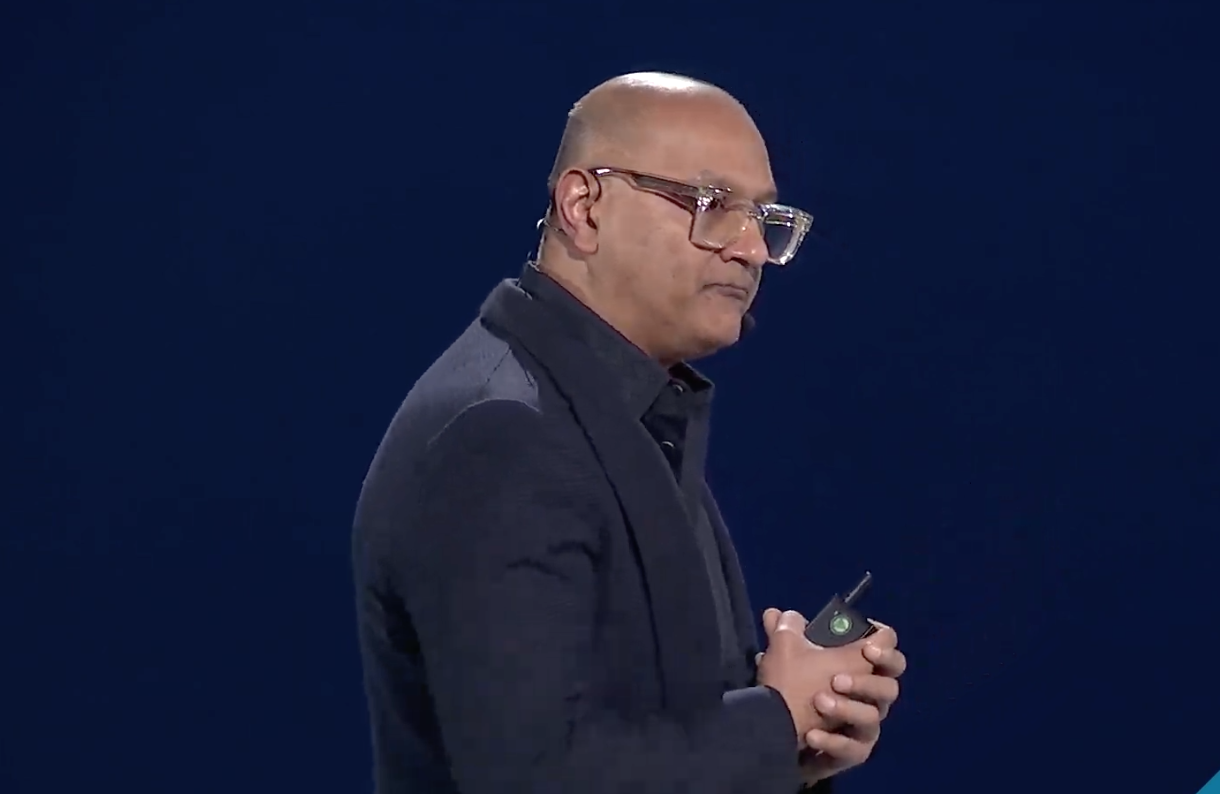The file that helped hack RSA found
The RSA hack was months ago now, but the file and email which helped compromised the security giant has just been found.


F-Secure believes it has discovered the file and the email which helped crack EMC's security arm RSA, in what became one of the most famous hacks in history earlier this year.
Timo Hirvonen, an F-Secure analyst, doggedly pursued the XLS file used to hack RSA even after others had given up the chase. Hirvonen created a tool to analyse samples for a Flash object, which was used to exploit the target's system.
"The new tool located several relevant samples. However, one of them was not an Excel file. It was an Outlook message file (MSG)," an F-Secure blog read.
"When Timo opened it up, he knew he was onto something. The message file turned out to be the original email that was sent to RSA on 3 March, complete with the attachment 2011 Recruitment plan.xls. After five months, we finally had the file. And not only that, we had the original email."
The email which was sent to a single EMC employee, with two others CC'd in, was made to look like it came from Beyond.com, a career network.
The subject line read "2011 Recruitment plan" and the body copy contained just one line: "I forward this file to you for review. Please open and view it."
Once the file was opened the Flash object was executed by Excel, using a vulnerability to write code on the victim's machine and then drop a Poison Ivy backdoor to the system. Excel is then closed automatically and the infection is done.
Get the ITPro daily newsletter
Sign up today and you will receive a free copy of our Future Focus 2025 report - the leading guidance on AI, cybersecurity and other IT challenges as per 700+ senior executives
What we think...
It's clear the email which duped EMC was pretty simple. Certainly it would be unadvisable to trust an email which contains just a single line.
This only emphasises the need for further education amongst workforces about spear phishing. It seems even workers at security firms aren't getting the message, which would be laughable if the connotations of the RSA hack weren't so serious.
Tom Brewster, Senior Staff Writer
"After this, Poison Ivy connects back to it's server at good.mincesur.com. The domain mincesur.com has been used in similar espionage attacks over an extended period of time," F-Secure said.
"Once the connection is made, the attacker has full remote access to the infected workstation. Even worse, it has full access to network drives that the user can access. Apparently the attackers were able to leverage this vector further until they gained access to the critical SecurID data they were looking for."
As F-Secure noted, the attack itself did not appear to be hugely sophisticated, although as the vulnerability was a zero-day there was no way RSA could have protected itself by patching.
"Was this an advanced attack? The email wasn't advanced. The backdoor they dropped wasn't advanced. But the exploit was advanced," F-Secure added.
"And the ultimate target of the attacker was advanced. If somebody hacks a security vendor just to gain access to their customers systems, we'd say the attack is advanced, even if some of the interim steps weren't very complicated."
The hackers who went after RSA wanted the company's SecureID information so they could hit US Government contractors, including Lockheed Martin.
Following the Lockheed attacks, RSA offered token replacement for customers "with concentrated user bases typically focused on protecting intellectual property and corporate networks."
Tom Brewster is currently an associate editor at Forbes and an award-winning journalist who covers cyber security, surveillance, and privacy. Starting his career at ITPro as a staff writer and working up to a senior staff writer role, Tom has been covering the tech industry for more than ten years and is considered one of the leading journalists in his specialism.
He is a proud alum of the University of Sheffield where he secured an undergraduate degree in English Literature before undertaking a certification from General Assembly in web development.
-
 Should AI PCs be part of your next hardware refresh?
Should AI PCs be part of your next hardware refresh?AI PCs are fast becoming a business staple and a surefire way to future-proof your business
By Bobby Hellard
-
 Westcon-Comstor and Vectra AI launch brace of new channel initiatives
Westcon-Comstor and Vectra AI launch brace of new channel initiativesNews Westcon-Comstor and Vectra AI have announced the launch of two new channel growth initiatives focused on the managed security service provider (MSSP) space and AWS Marketplace.
By Daniel Todd
-
 'You need your own bots' to wage war against rogue AI, warns Varonis VP
'You need your own bots' to wage war against rogue AI, warns Varonis VPNews Infosec pros are urged to get serious about data access control and automation to thwart AI breaches
By Rene Millman
-
 CrowdStrike CEO: Embrace AI or be crushed by cyber crooks
CrowdStrike CEO: Embrace AI or be crushed by cyber crooksNews Exec urges infosec bods to adopt next-gen SIEM driven by AI – or risk being outpaced by criminals
By Rene Millman
-
 Microsoft security boss warns AI insecurity 'unprecedented' as tech goes mainstream
Microsoft security boss warns AI insecurity 'unprecedented' as tech goes mainstreamNews RSA keynote paints a terrifying picture of billion-plus GenAI users facing innovative criminal tactics
By Rene Millman
-
 APIcalypse Now: Akamai CSO warns of surging attacks and backdoored open source components
APIcalypse Now: Akamai CSO warns of surging attacks and backdoored open source componentsNEWS Apps and APIs bear the brunt as threat actors pivot to living off the land
By Rene Millman
-
 AI is changing the game when it comes to cyber security
AI is changing the game when it comes to cyber securityNews With AI becoming more of an everyday reality, innovative strategies are needed to counter increasingly sophisticated threats
By Rene Millman
-
 RSAC Chairman urges collaboration to ensure collective defense in security
RSAC Chairman urges collaboration to ensure collective defense in securityNews Chairman emphasizes the critical need for cooperation among cyber security experts
By Rene Millman
-
 The threat prevention buyer's guide
The threat prevention buyer's guideWhitepaper Find the best advanced and file-based threat protection solution for you
By ITPro
-
 Supply chain as kill chain
Supply chain as kill chainWhitepaper Security in the era Zero Trust
By ITPro